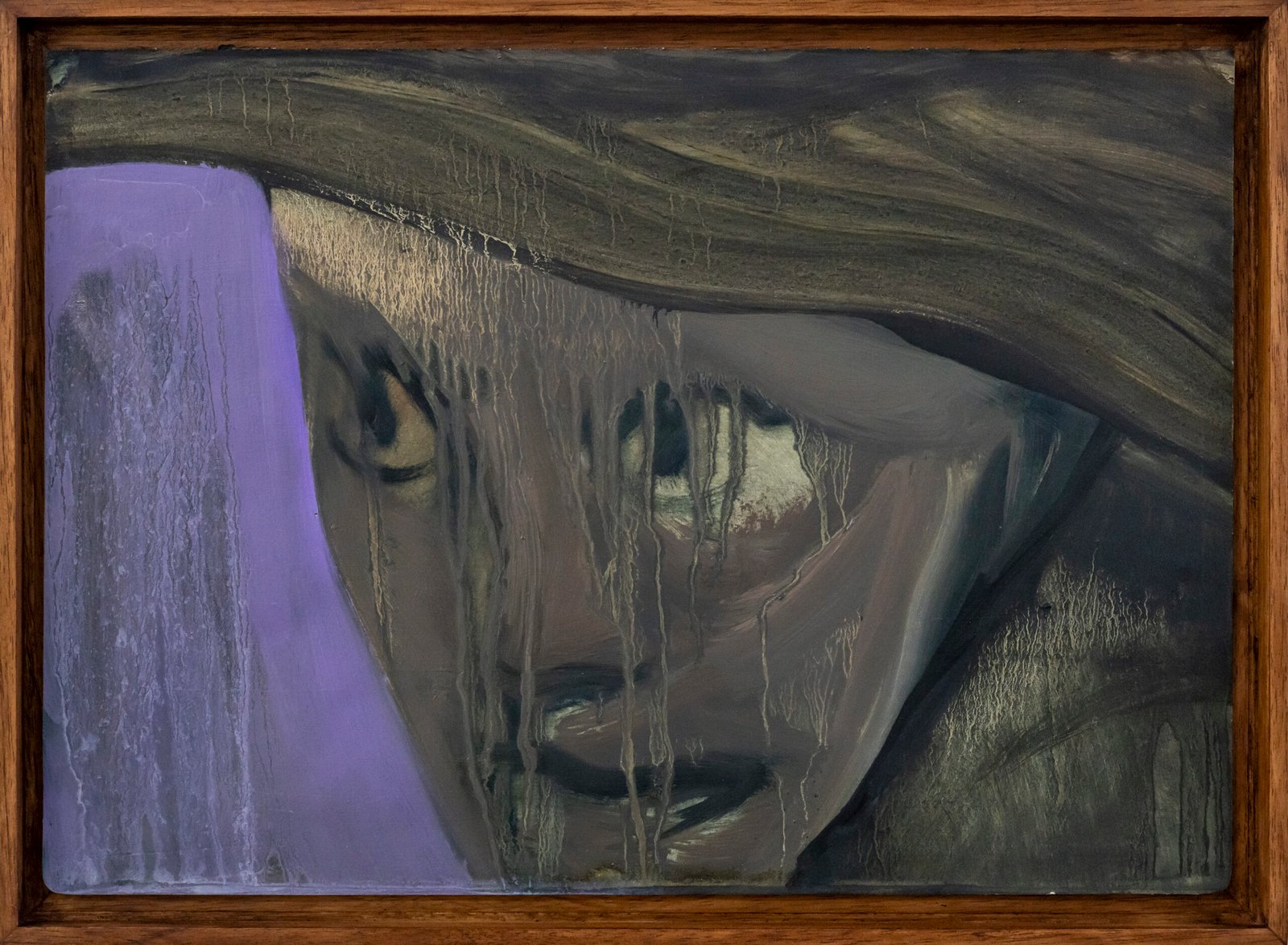
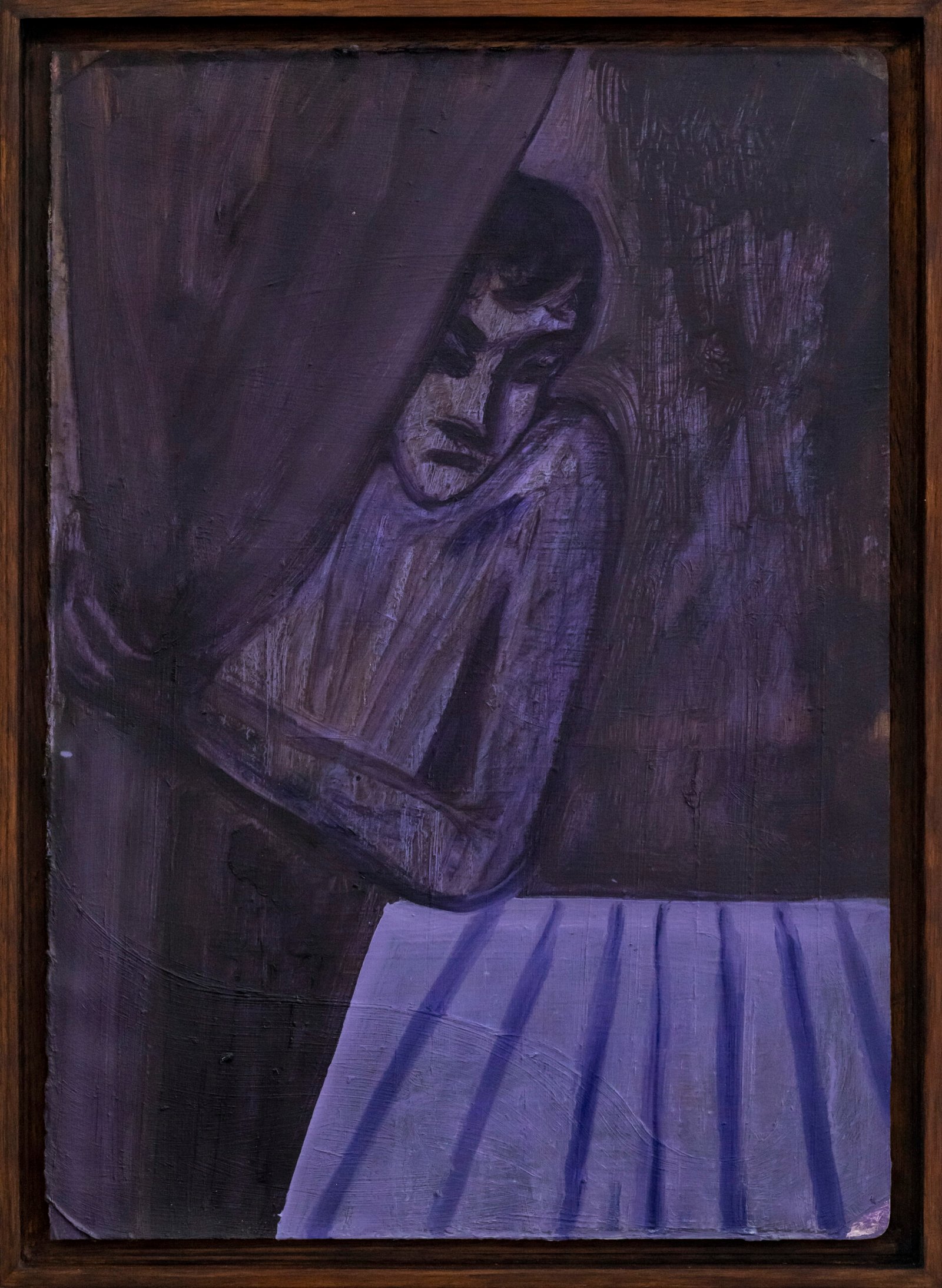
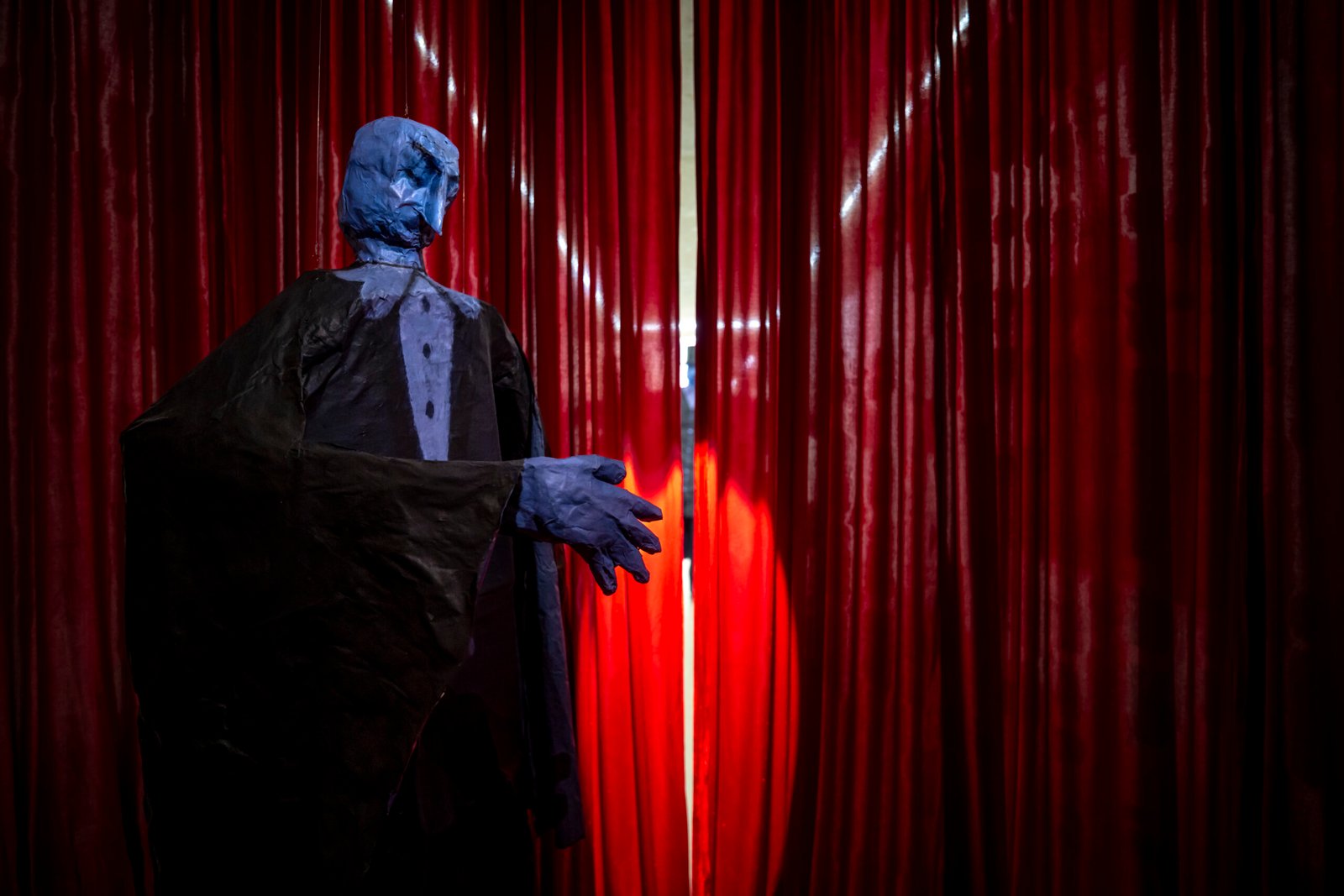
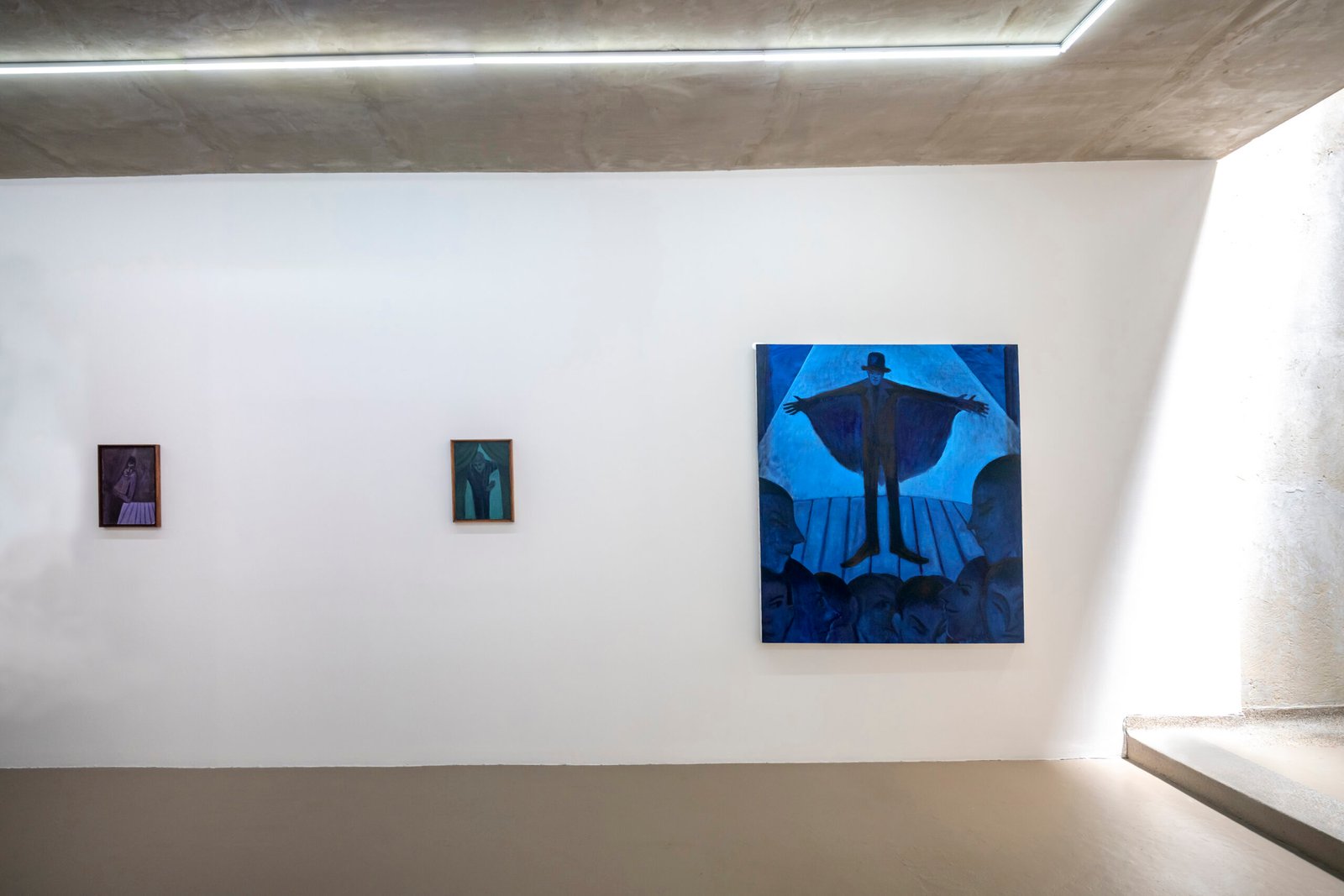
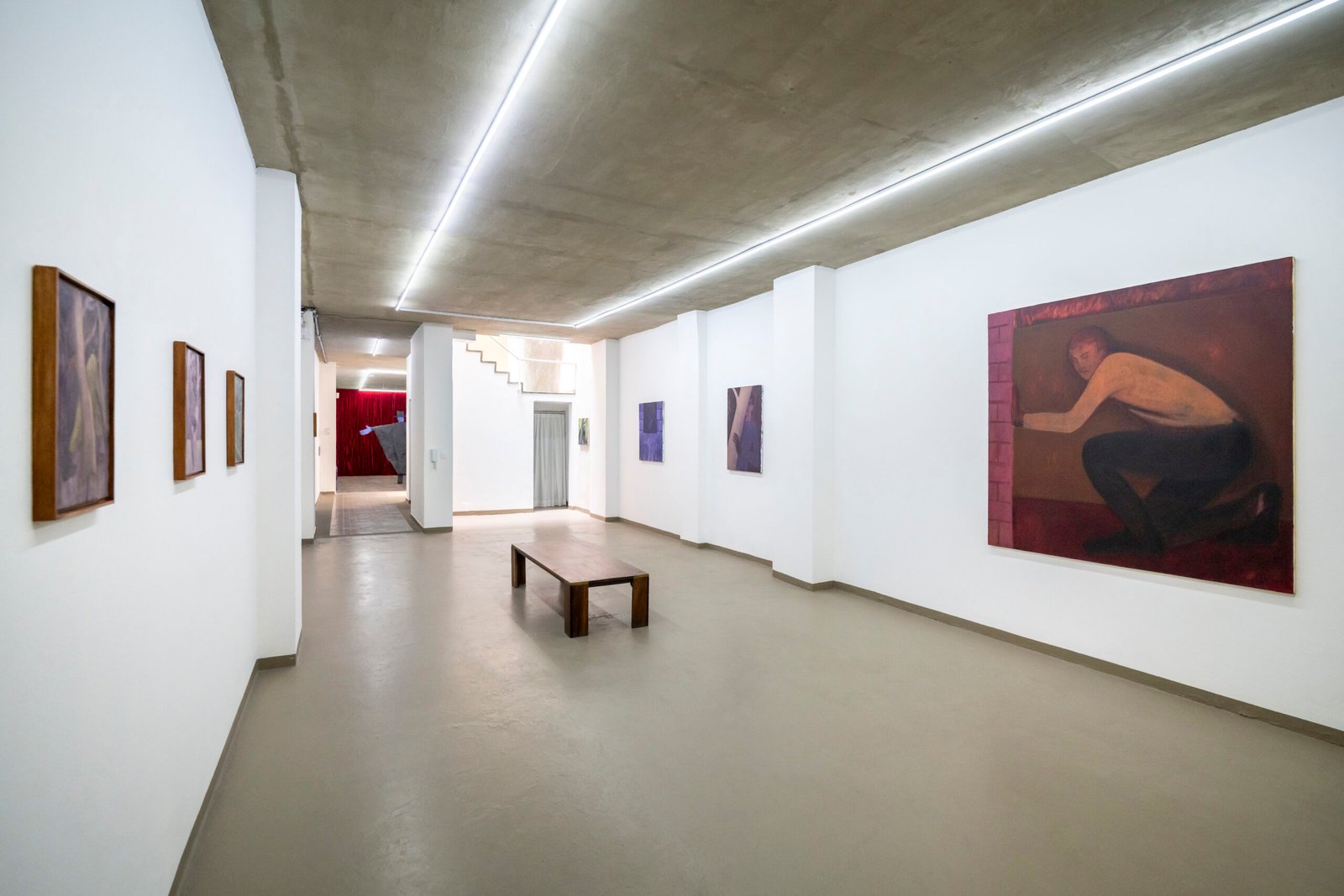
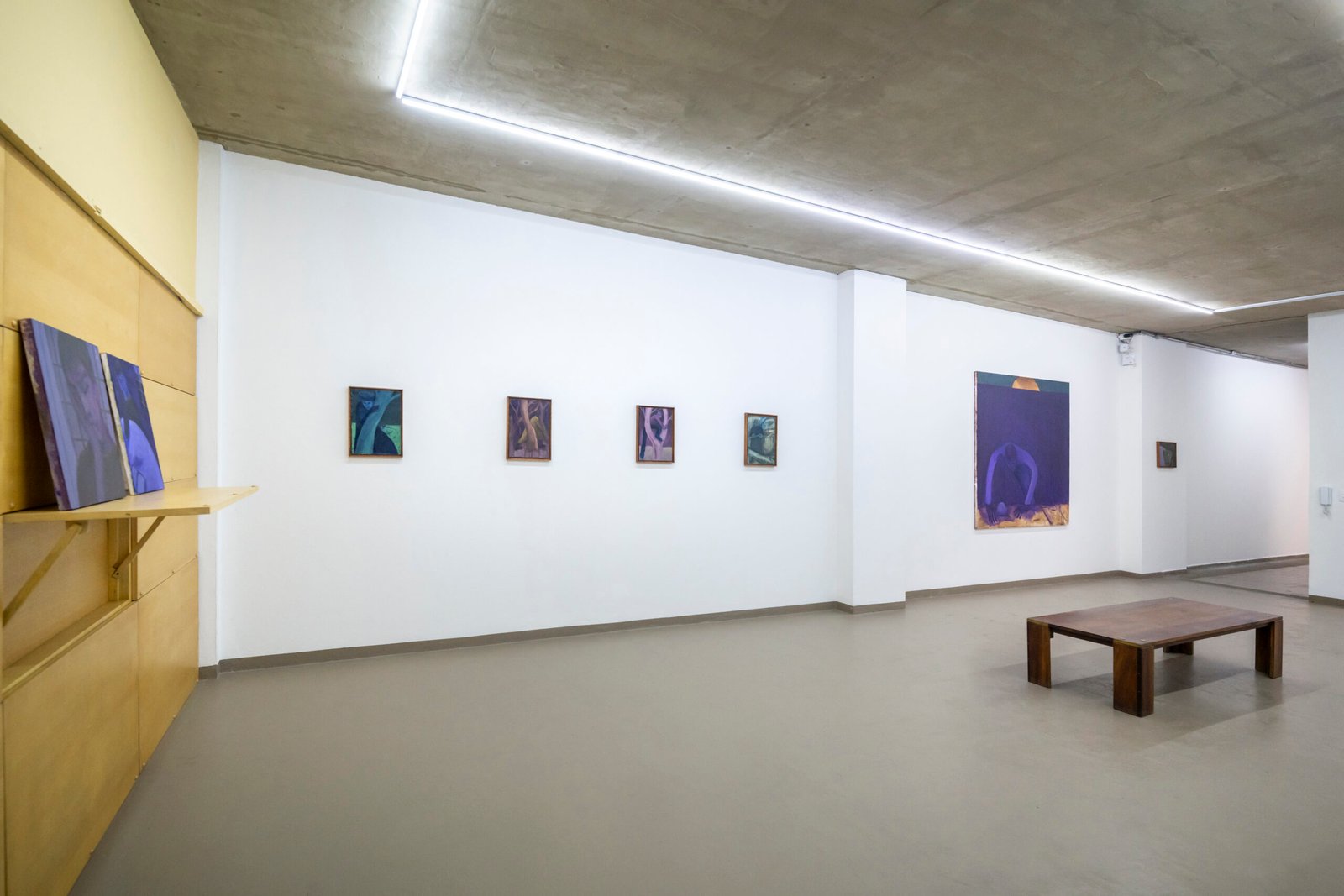
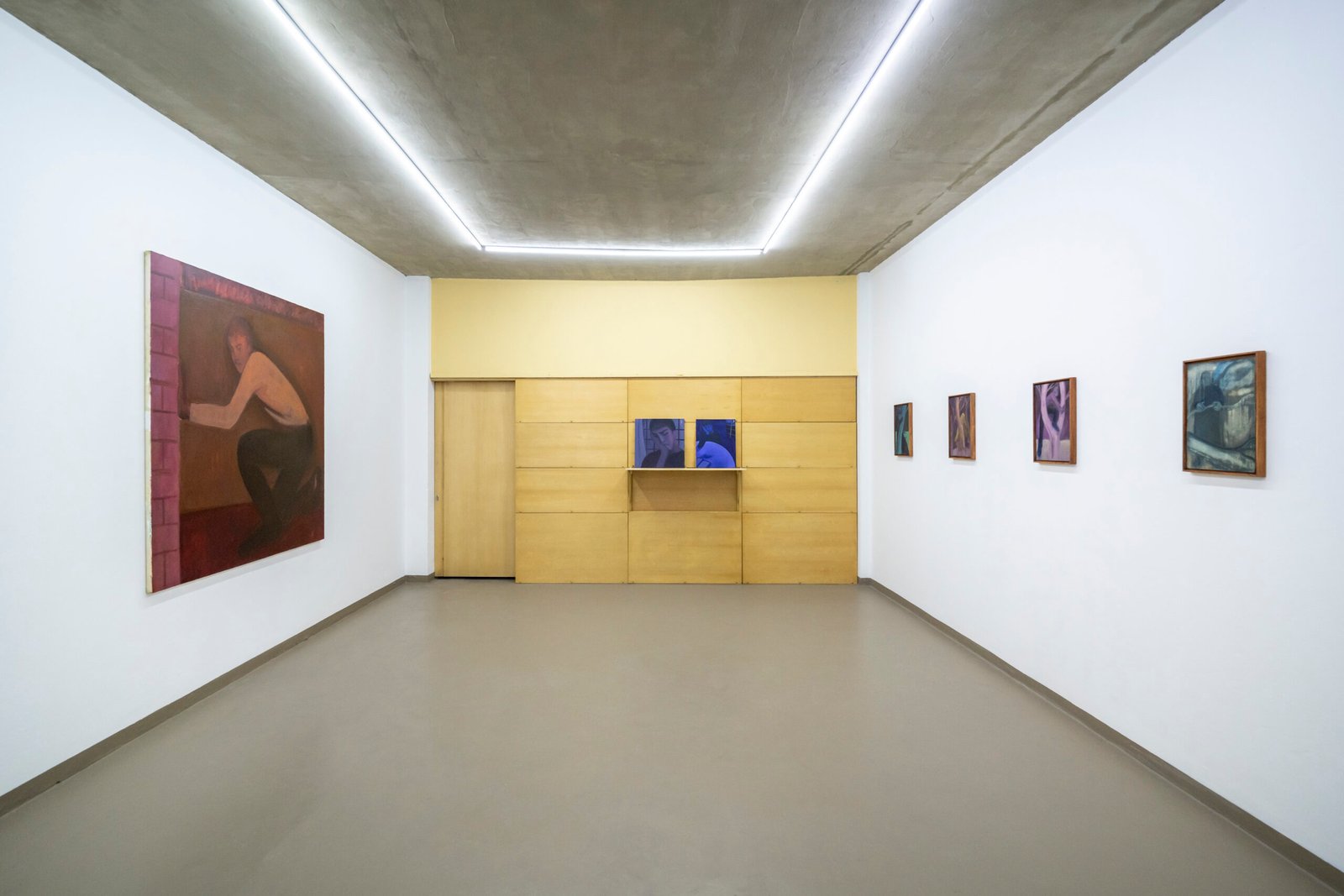
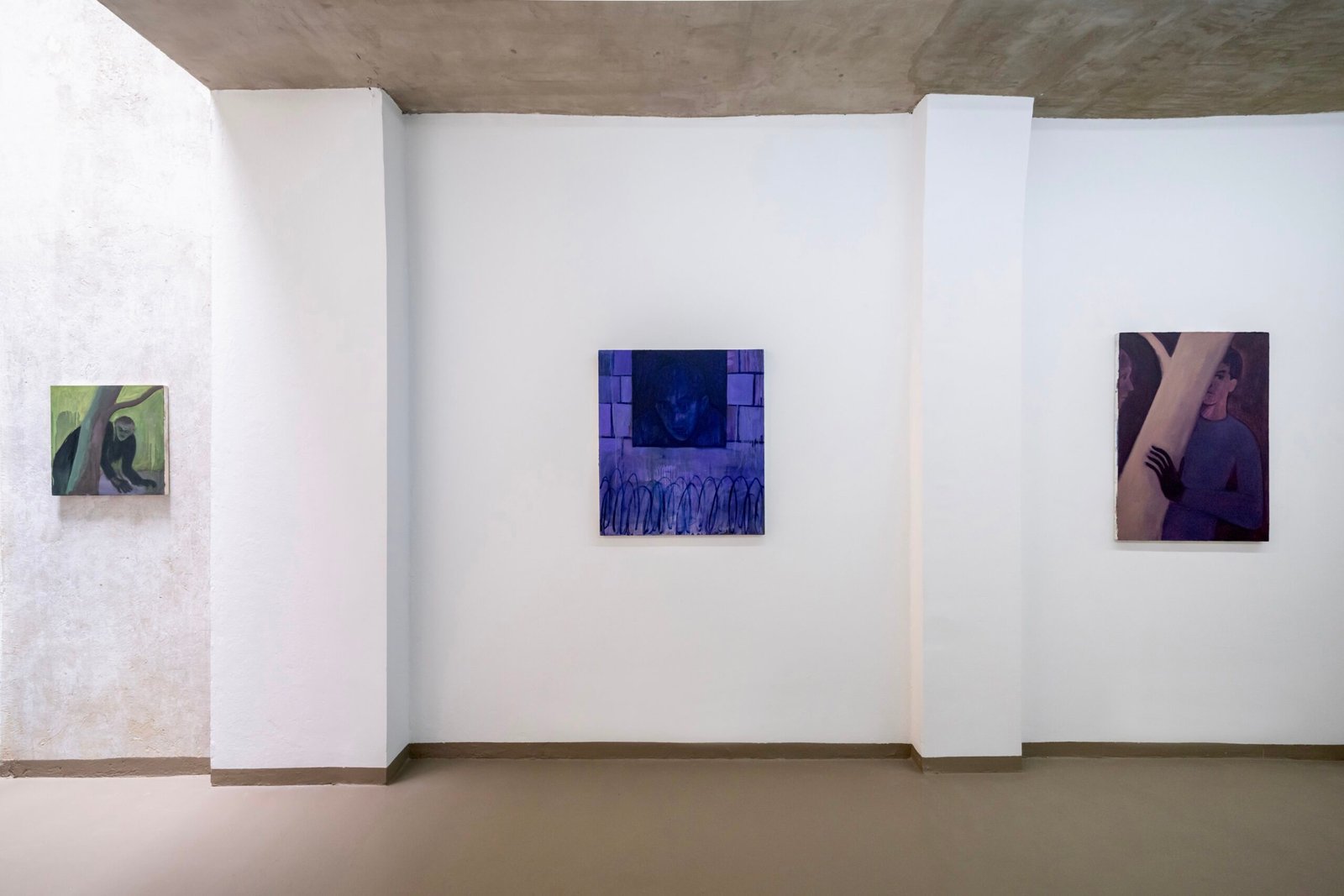
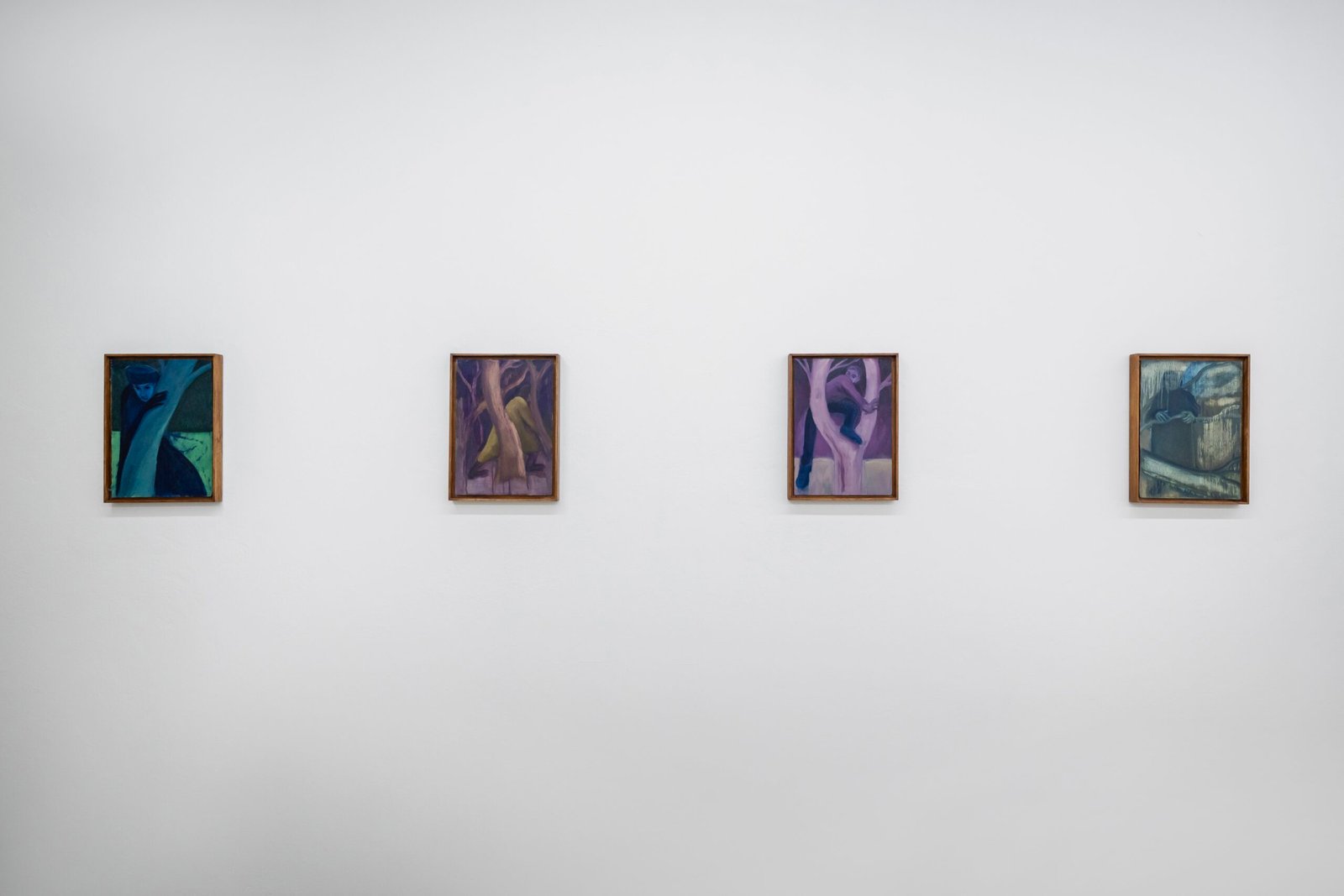
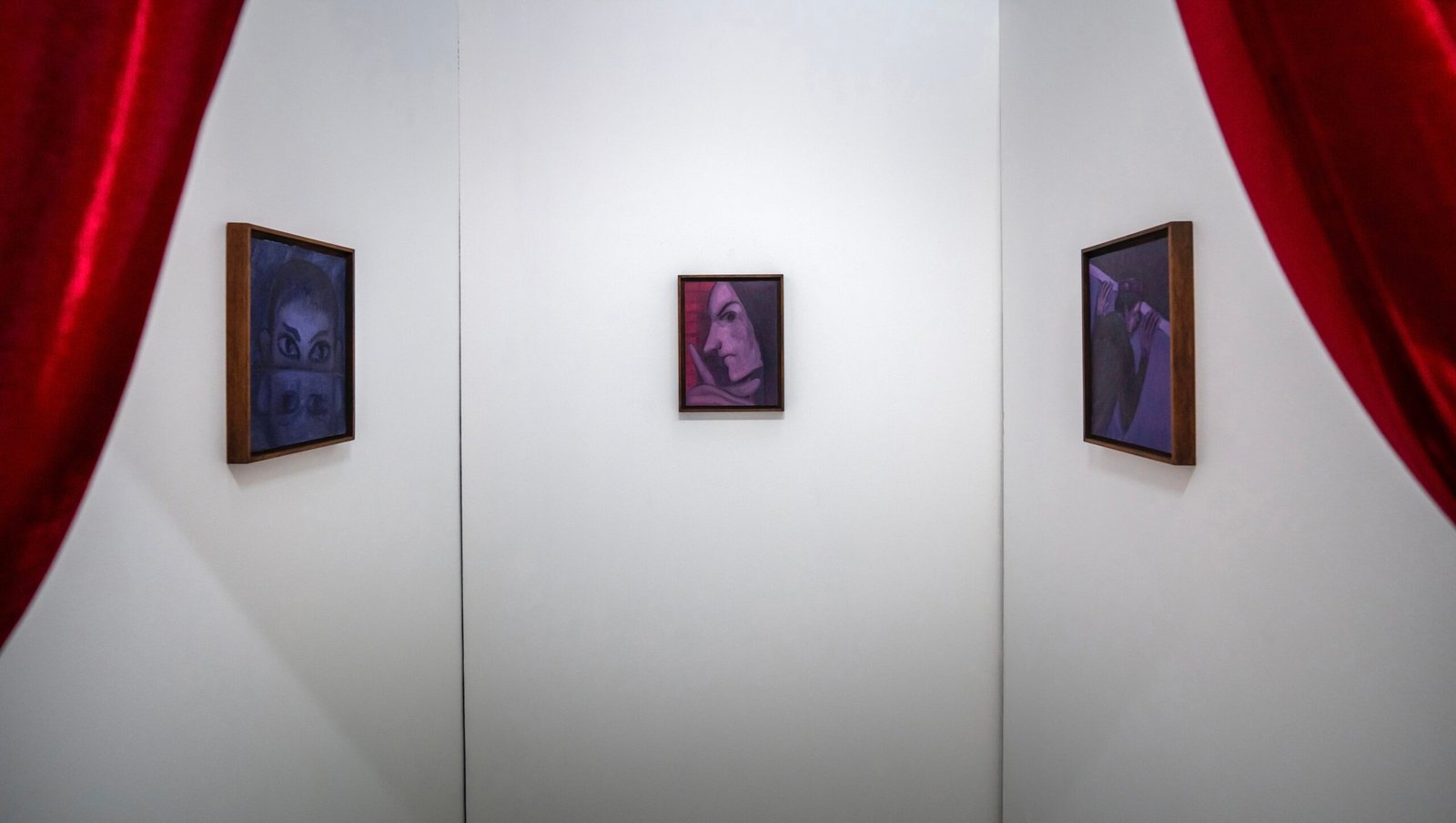
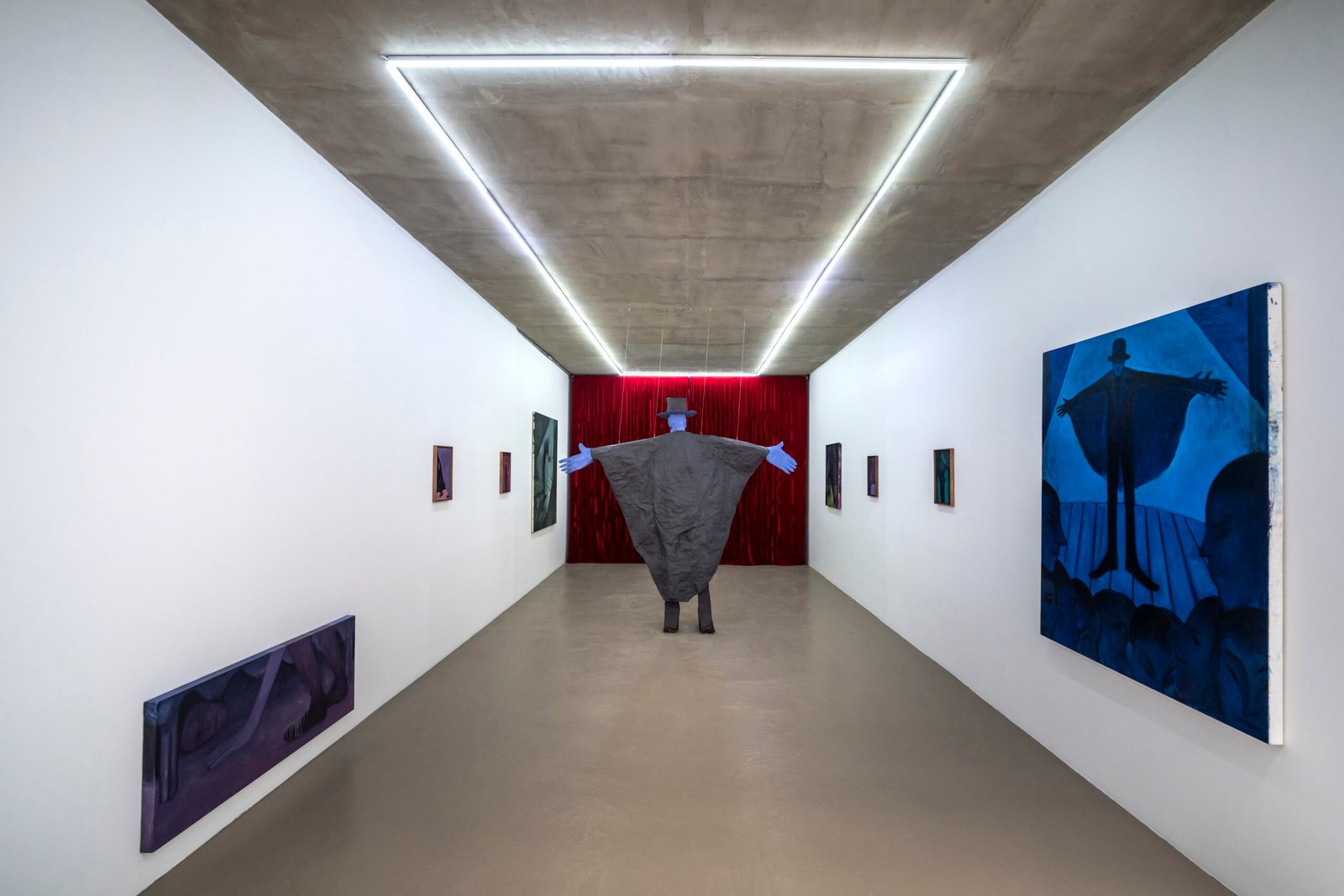
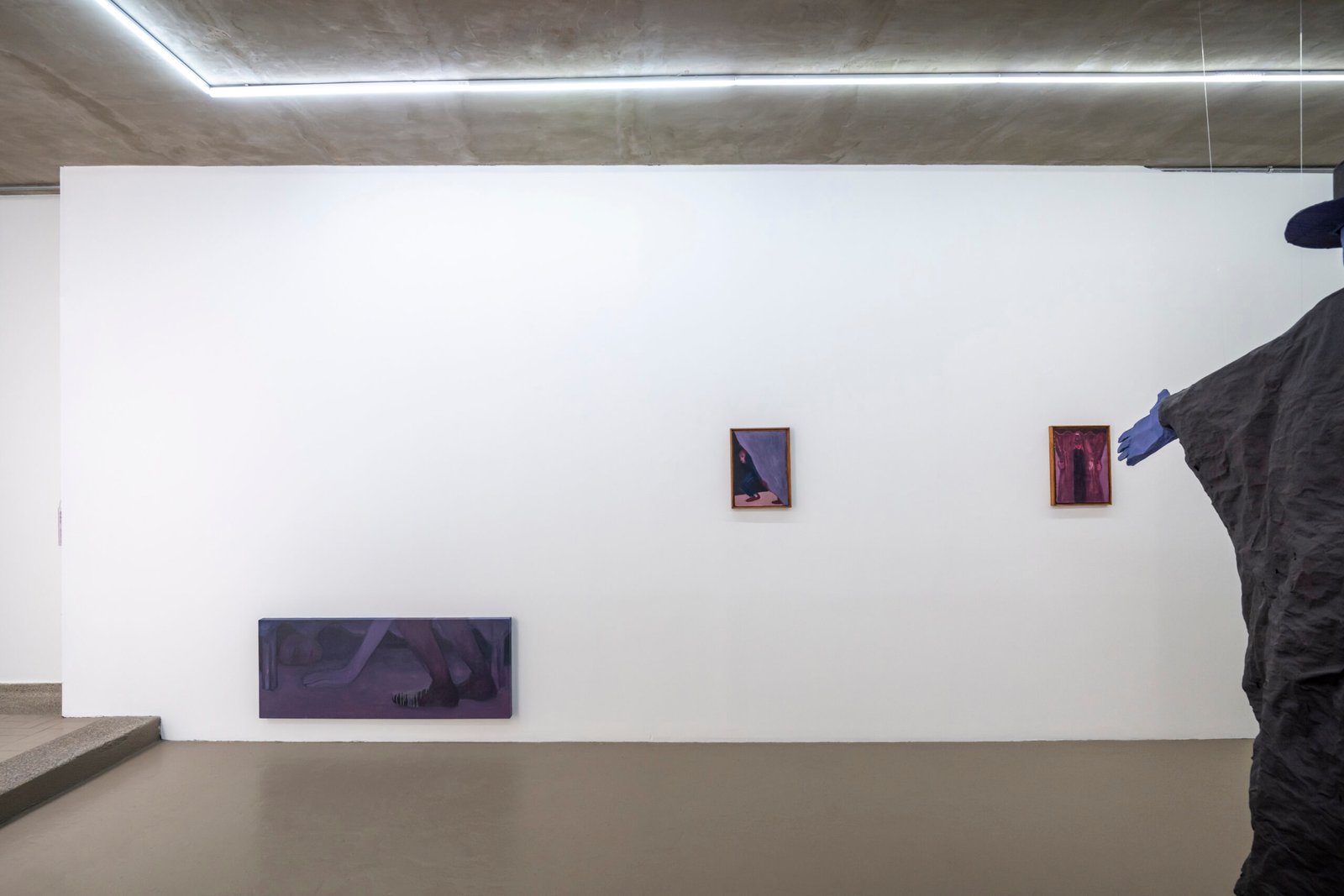
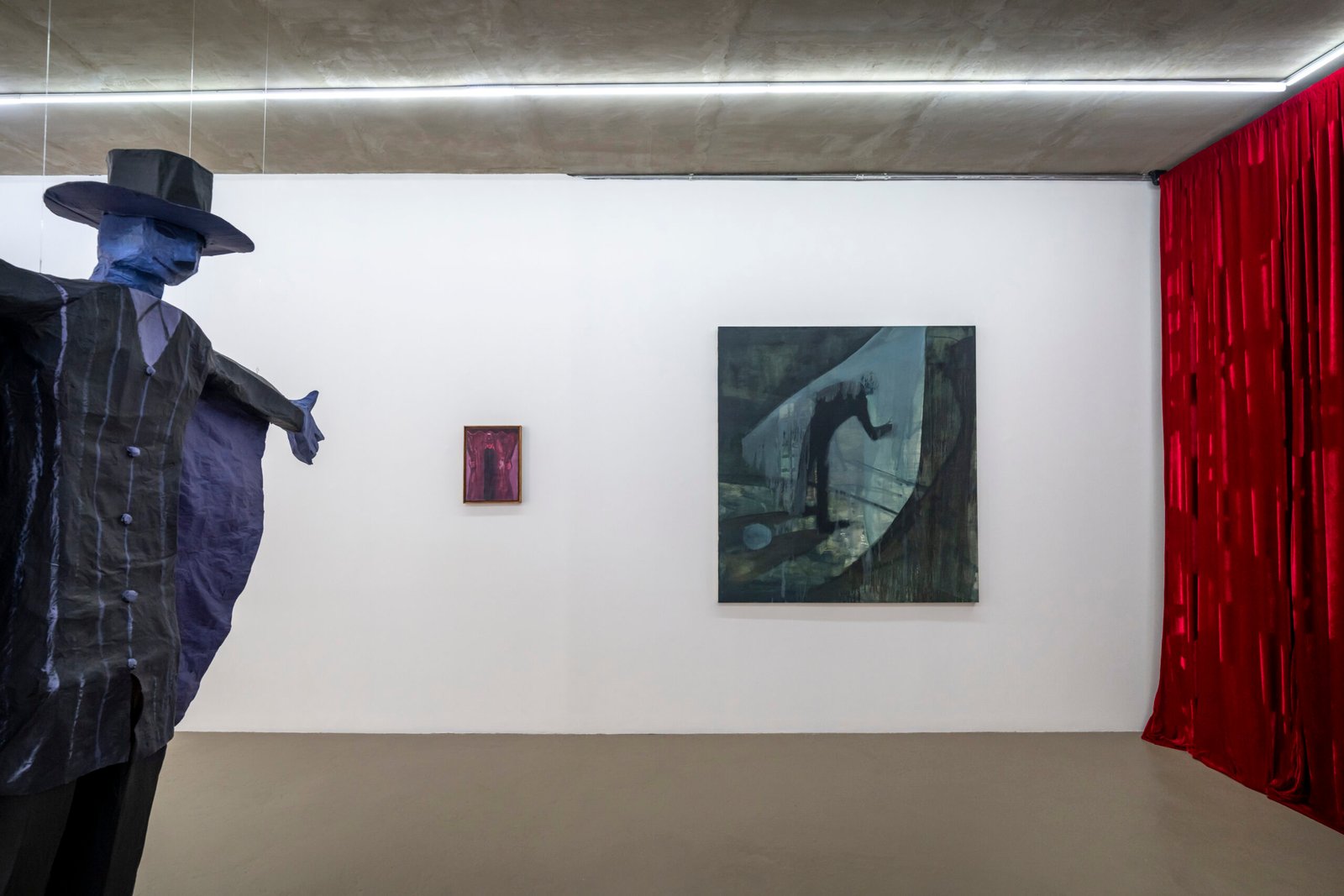
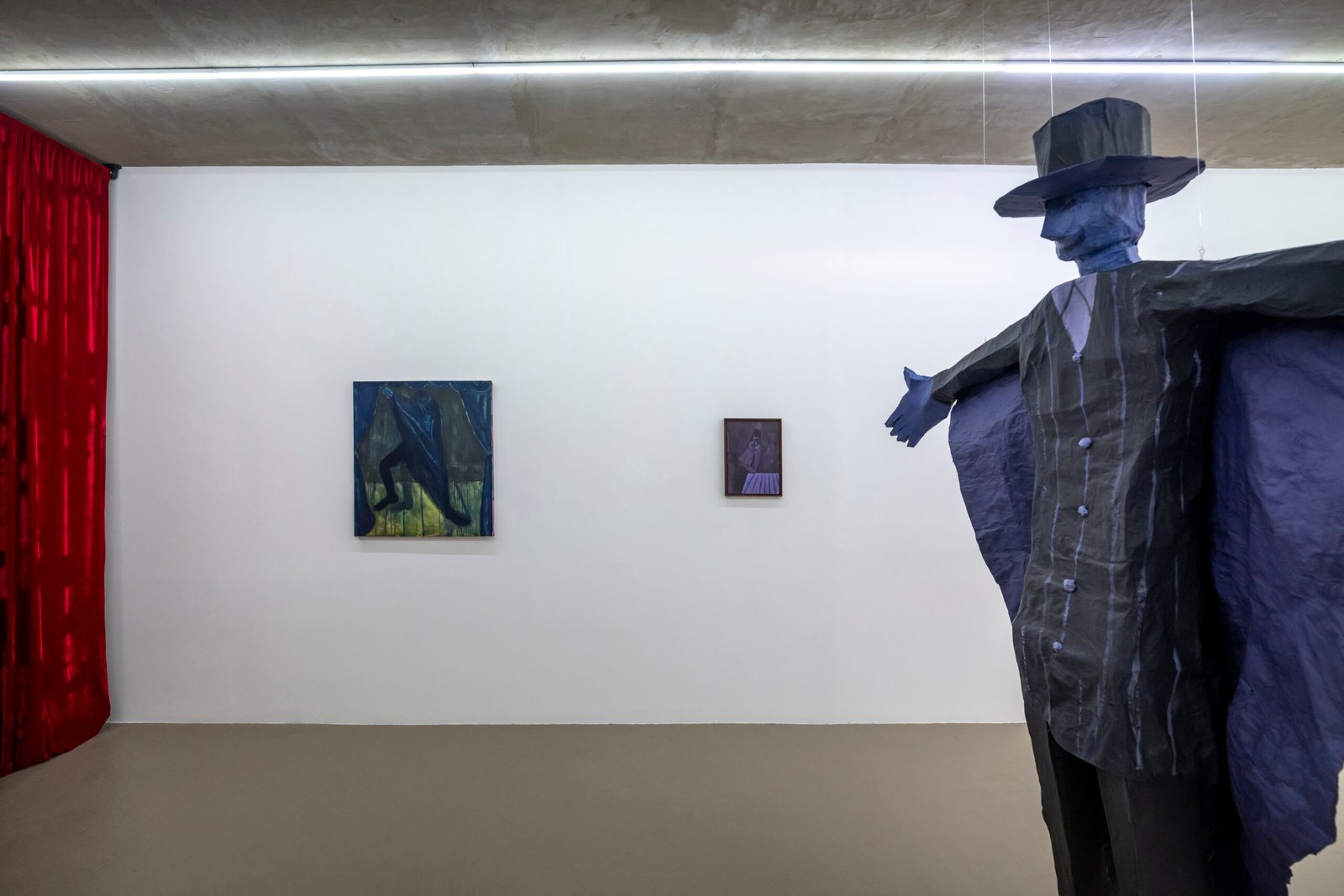
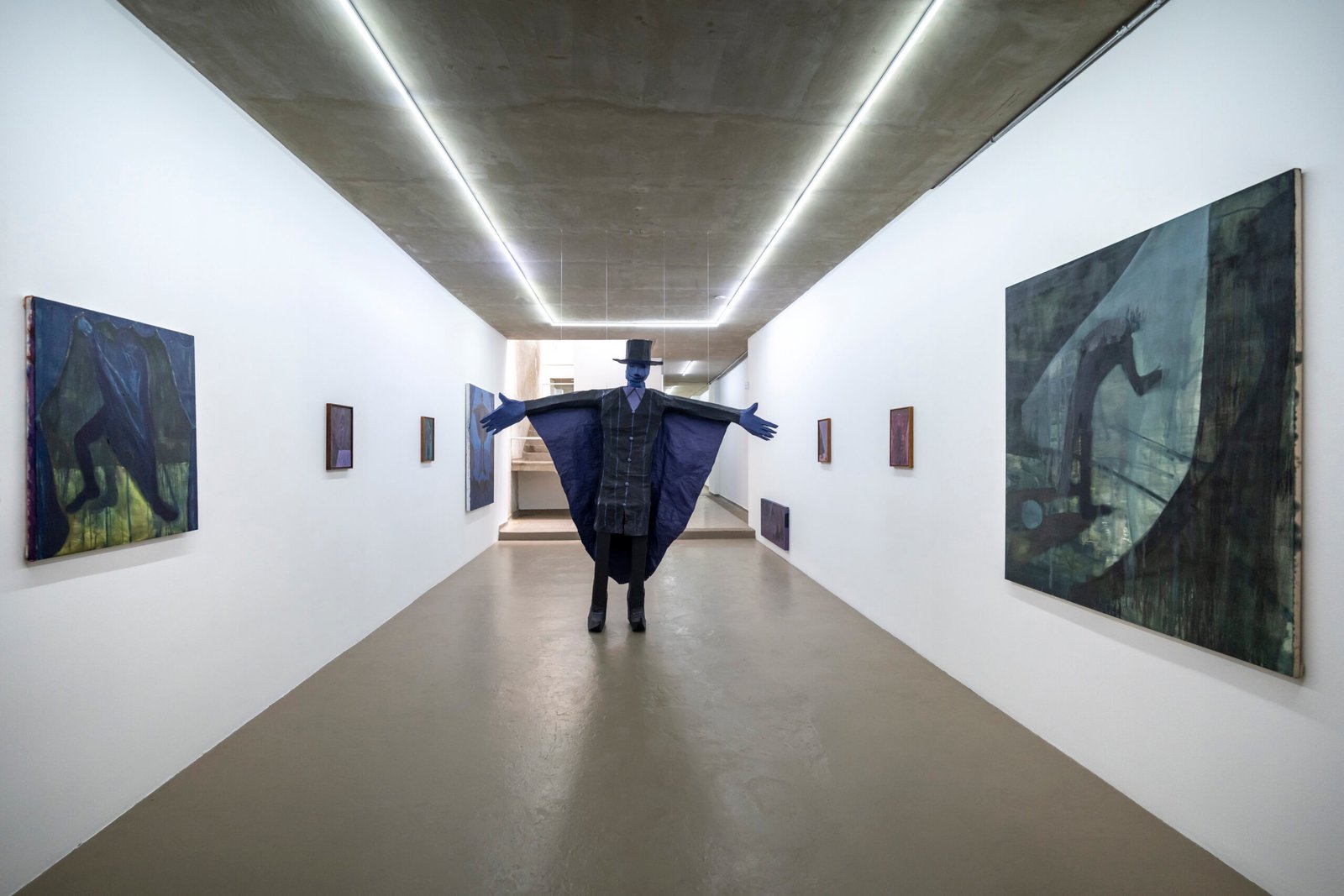
Juan Sebastián Franco (Bogotá, 1995) presents a visual essay on appearance and enigma. In his work, painting is not an act of representation, but of invocation. The image is not constructed—it is revealed: like a secret emerging from the depths, like a trick performed before our eyes whose mechanism remains concealed. Franco does not paint what he sees; he paints what he senses. That is why his painting does not declare—it suggests, summons, unsettles.
His practice sits at the crossroads of the unconscious, theatricality, and magic. Painting becomes a stage where the desire to hide and to reveal unfolds simultaneously. The theater, the night, the forest—these are not subjects, but symbolic devices that allow him to think of the image as a space of transformation. The painterly gesture becomes a ritual, where the canvas turns into a surface of apparition.
Franco consciously embraces the ambivalent power of the image: its ability to fascinate and disturb, to attract and repel. As in Jungian theory, the figure that emerges is not merely decorative—it is the shadow that inhabits us, the double we resist confronting. His painting becomes a form of non-rational knowledge, where the viewer does not receive a message but is instead faced with an open-ended question.
From the perspective of reception aesthetics, his work invites a hermeneutic experience: looking is not consuming, but interpreting, intuiting, participating in the mystery. In a time that demands clarity, transparency, and speed, Franco chooses darkness, depth, and secrecy. His is an art of appearances that vanish—of that which barely allows itself to be seen. That is where its power lies: in restoring to painting its magical, symbolic, and transformative dimension.